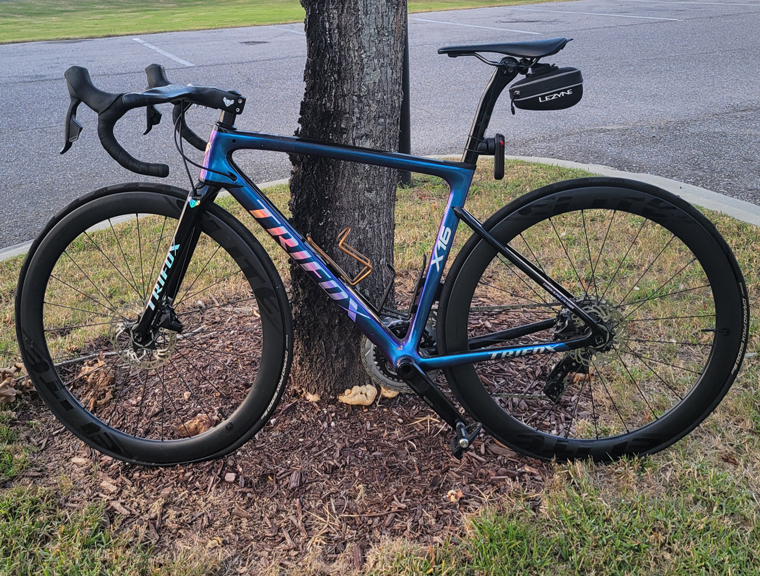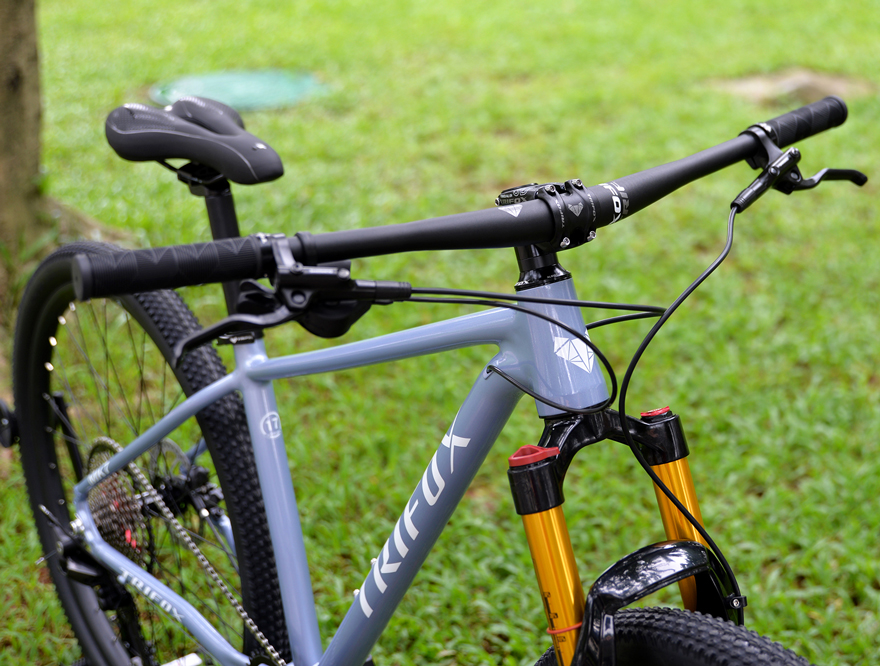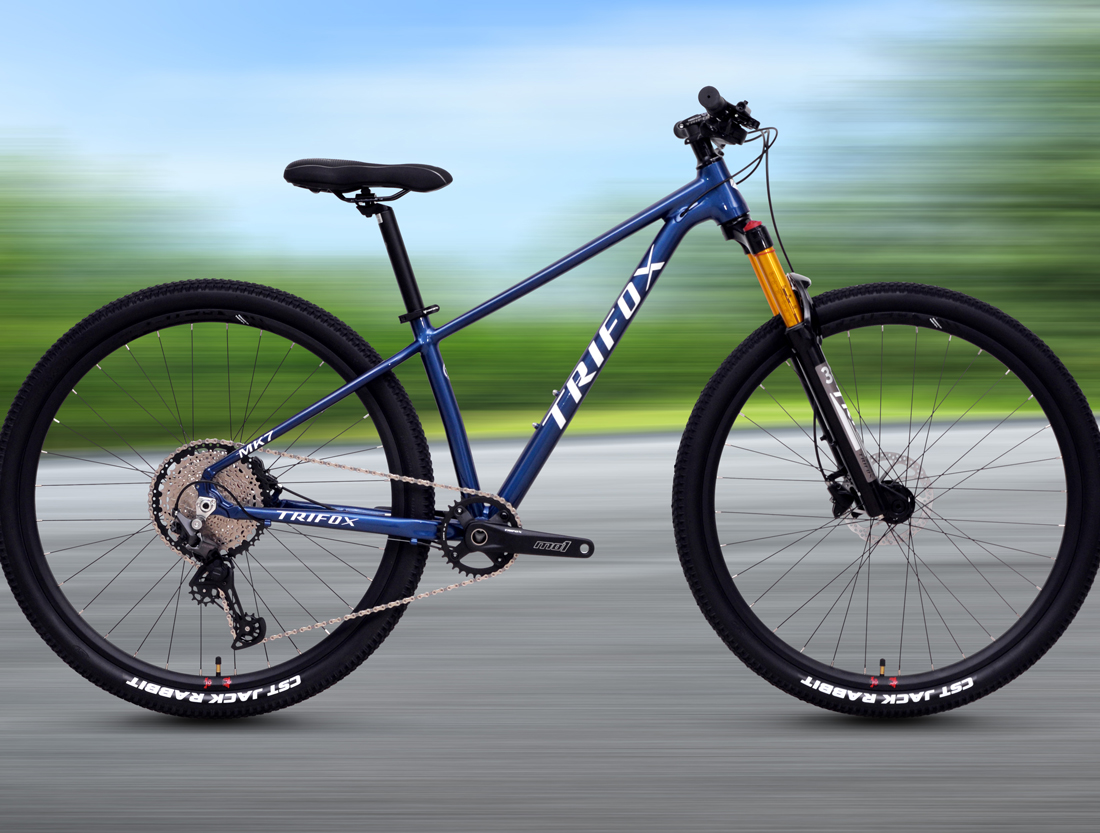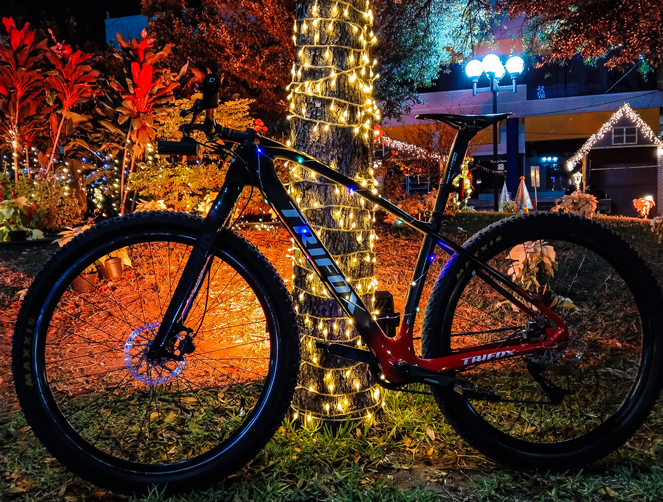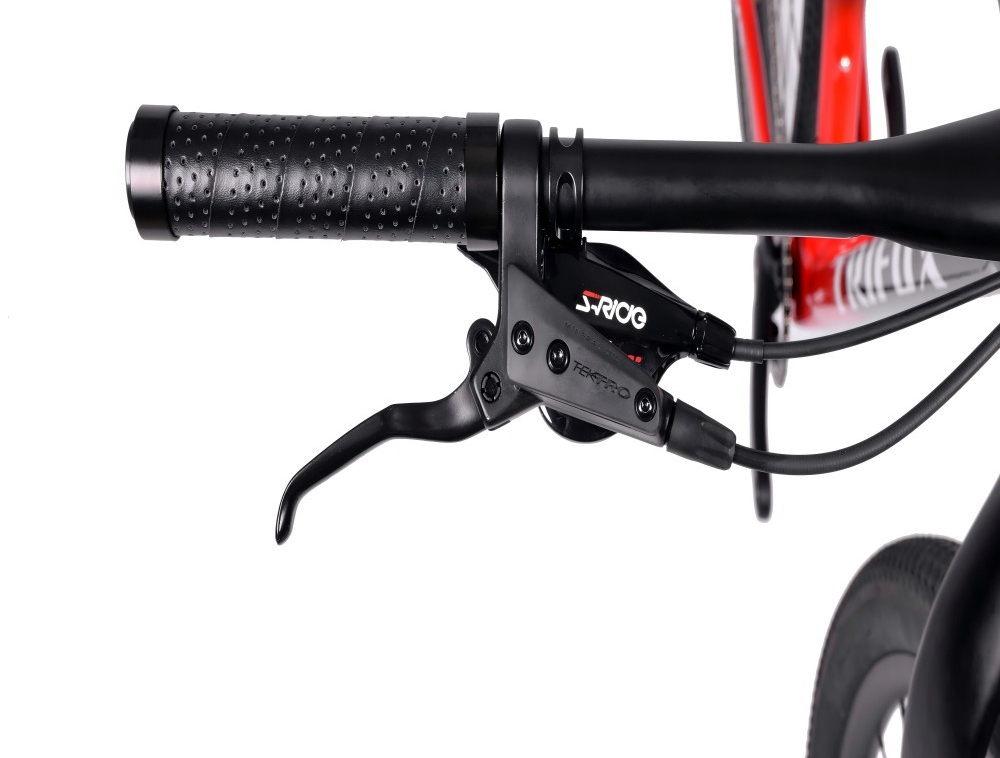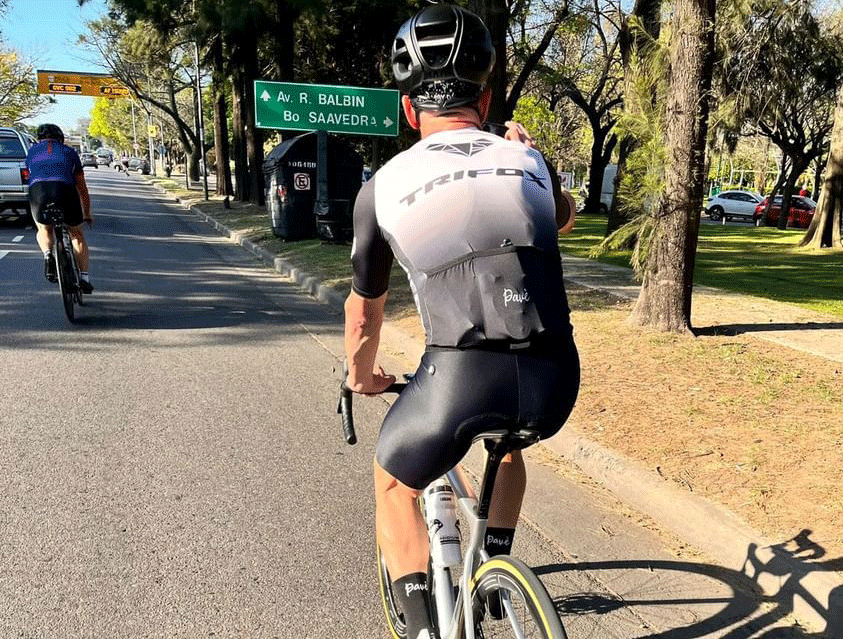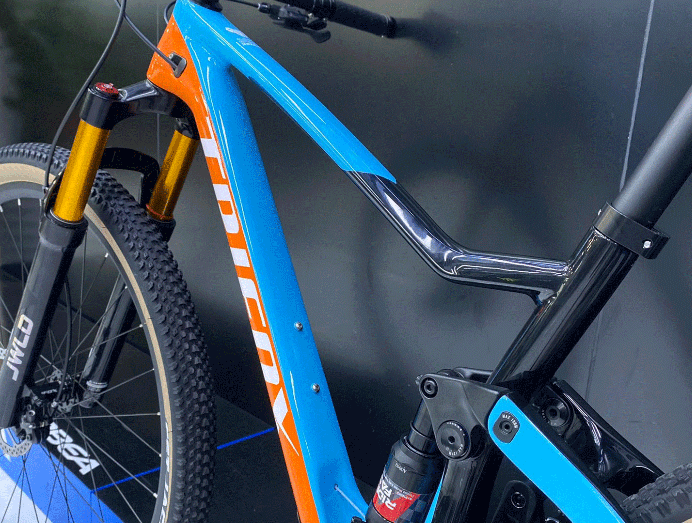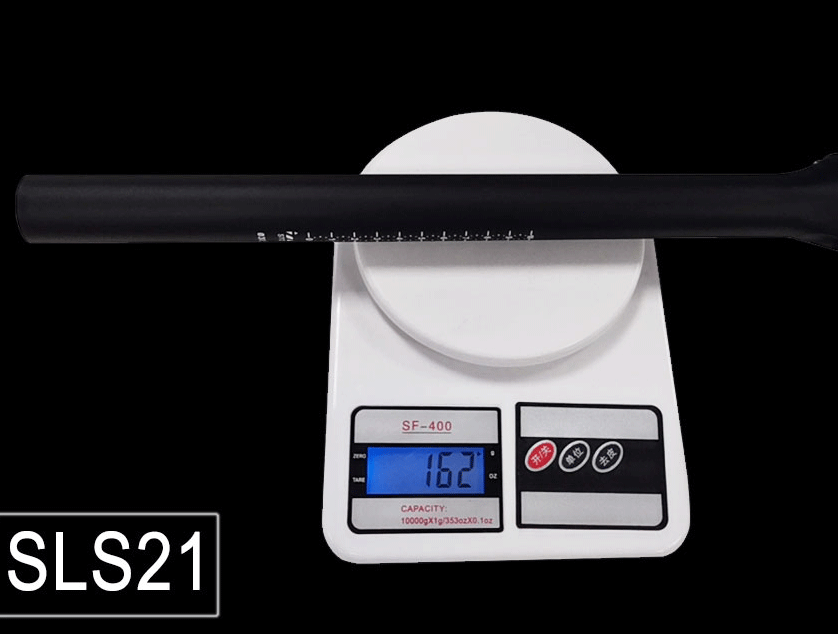What is the difference between these road bikes? Which is right for you? In recent years, the market for road cycling has become broader, and its functions and gameplay have become increasingly segmented. You can use an enduro road bike for a short trip, you can also use an XC Road bike to challenge rugged mountain roads, and you can also choose a gravel road bike for a walk-and-go adventure. For now, as long as it is where you want to go, there is a suitable road bike for you to choose from.
Although many people think that a gravel bike can do all the scenes mentioned above, in fact, on some roads, gravel bikes will make you feel unenthusiastic and dull. So what makes these three seemingly realistic road bikes have unusual uses and feelings? Let's take a look at the definition of these three types of road bikes or the scope of use.
Gravel road bike
The first is the gravel road bike. The Gravel road bike has a wide range of uses. It draws a lot of elements from the mountain bike, making this bike suitable for almost all road conditions. Not only can participate in the CX cross-country race within the scope of the rules but also can carry out long-distance adventure cycling, most suitable for high-speed riding on non-paved roads. This type of bicycle is generally equipped with a liftable seat tube, wider tires, and a single-disc or double-disc drive system suitable for more road conditions. We will explain in detail later in the different parts.
Enduro road bike
The enduro road bike used to be widely used, but it still limited some scenes compared to the later gravel. Although the frame geometry is similar to the gravel bike, both have a slack head tube, a smaller drop, and a wider shifting range, but for more complex road conditions, there are still big differences in handling and comfort.
In order to make the enduro road bike more comfortable and reduce the fatigue caused by road vibration, many brands have considered more longitudinal compliance in the design of the frame.
In recent years, with in-depth research on tire width, the entire industry is moving toward wider wheels and wider tires. In addition to the technology mentioned above, enduro bicycles generally have larger tire clearances, and most enduro bicycles have standard 28C tires, and in some cases wider tires.
XC road bike
The full name of XC is cyclocross. Because cross means X, it is abbreviated as XC. This type of race was originally designed to allow riders in cold Europe to participate in the race in winter. The XC competition is an all-weather type of competition, so you can often see the race on a muddy road under rain and snow. And there are various steps, sand, rocks, and tree roots on the track.
The XC Road bike and the gravel road bike have a lot in common, but there are some differences in detail. In one sentence, XC is a more aggressive and aggressive gravel bike. Both bikes have versatility, comfort, and durability, but gravel is better.
After understanding the concepts of the three types of bikes, let's take a look at their respective characteristics from the most basic and most different parts: the frame geometry.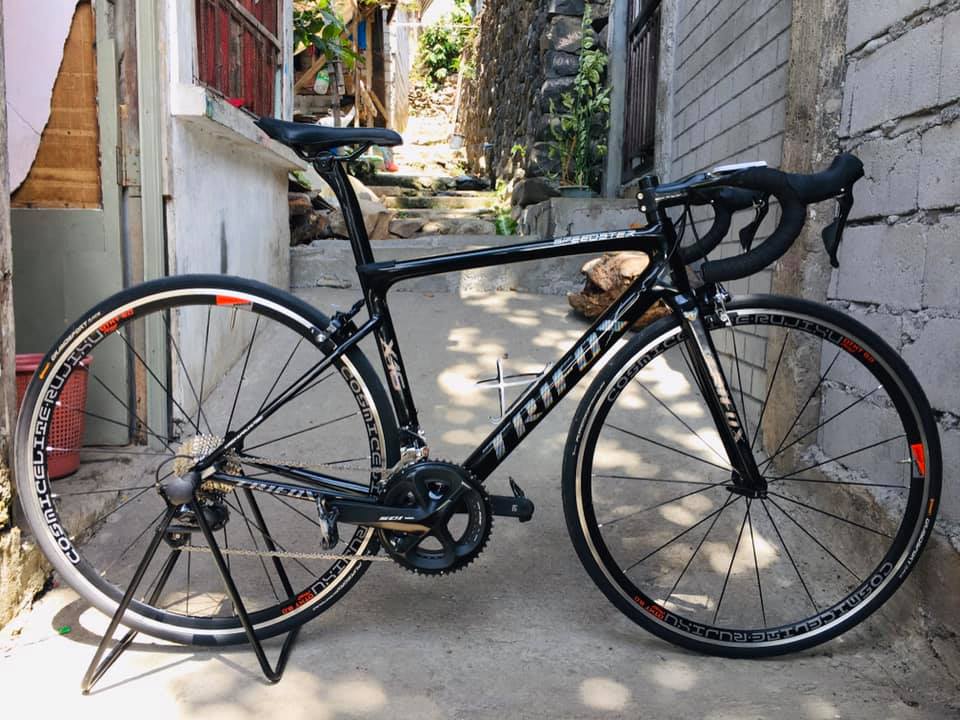
The geometric angle of enduro road bike
Since it is an enduro road bike, the rider's position must be more comfortable first. There is a saying that how far you can ride depends on how long you can stay on the bike, which explains the importance of comfort. Enduro road bikes generally have a longer wheelbase and a smaller reach, and the stack is also larger stack. This can be exchanged for a more upright cycling position. Although part of the aerodynamic performance is lost, it is more suitable for long-term cycling. The line is the gain lost.
This geometric setting can prevent the rider from premature fatigue in the back, shoulders, neck, and legs during the long journey. Compared with the competitive road bike, some flexibility is reduced, because the longer wheelbase and slack head tube also prevent the small frame from overlapping toes so easily. (When turning, the front wheels will touch the toes.)
In terms of drivetrain, the enduro road bike is more important than the other two bikes. The range of gear ratio is more compact, the tire clearance is compared with the competitive road bike, and the range of tire selection is also Larger can further improve comfort and smoothness, reduce road bumps, and let more vibration disappear in the tires instead of the rider's body.
The geometric angle of the XC Road bike
Compared with enduro races and gravel, the XC Road bike has the two biggest differences. The geometrical angle of the head tube is slack (the angle is smaller), and the bottom bracket has greater ground clearance.
These two characteristics are also extremely related to the game environment. The slack head tube angle can provide more stability when cycling with large drops and low speeds. Because the track environment of the XC race is extremely harsh, and the speed is difficult to compare with the road bike, handling at a low speed is very important.
For the second feature, it is easy to understand that the bottom bracket has a larger ground clearance, which can better deal with obstacles on the road. In addition, the higher ground clearance also allows the rider to pedal when passing a curve without touching the ground. However, this will also make the rider's overall center of gravity higher, which in turn affects stability. Therefore, in the race, many riders will reduce the height of the seat by about 1cm to offset this change.
In the final tire width, although there is a lot of space compared to the enduro race, if it is to participate in the UCI race, the tire width of the XC Road bike cannot exceed 33mm. At this point, gravel has more room to play.
The geometric angle of gravel road bike
First of all, the purpose of gravel is to create more stability and comfort. Therefore, a longer wheelbase, a more slack head tube, and a lower bottom bracket ground clearance provide more stability for riding. The head tube is designed to be longer and taller, with a shorter stem, so that the rider's cycling posture is higher, so as to improve the comfort and vision in traveling and adventure cycling. The slack head tube angle makes the low-speed handling performance better, and will not appear as prone to "twitching" feeling like some performance-type racing road bikes.
The design of the frame does not take the weight as the ultimate goal. It is also stronger than road bikes and increases durability. Functionally, if you want to take a walk-and-go trip, the extra mounting space on the frame is enough for you to carry the necessary equipment on the road. And basically, all gravel road bikes are equipped with fender mounting holes, and there are more bottle cage holes than the first two bikes. Especially the XC road bike, if it is a pure XC road bike, there is no bottle cage hole on the frame.
If the first two still have part of the caliper, suspension brake, and other rim brake versions, gravel is basically the same disc brake design. Disc brakes make it easier for the frame to obtain wider tire clearances, and also provide braking performance on wet and muddy roads. Generally speaking, the width of gravel tires is more than 35mm, and individuals can reach more than 50mm. Wider tires have improved passability, comfort, grip, and stability. And individual models also support 700C and 650C wheels at the same time, and the playability is greatly improved.
The drivetrain system is not so particular about the cadence, and more consideration of the usable range, mainly for the usability under low-speed cycling, so the gear ratio range is larger, although some pedaling efficiency under high-speed riding is sacrificed, for steep ramps and soft gravel roads provide more choices.
So how should we choose?
If you have seen this and don't know how to choose, I think you should first ask yourself: "What kind of road conditions do I ride on, and what kind of player do I belong to?"





























































